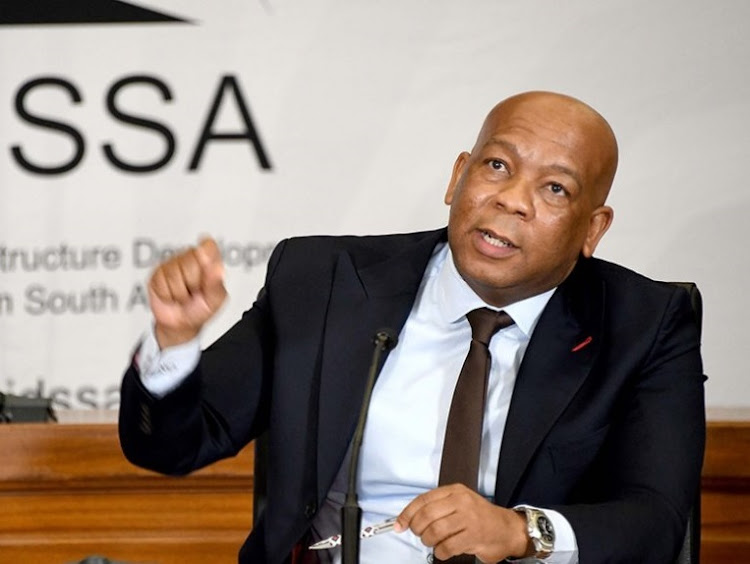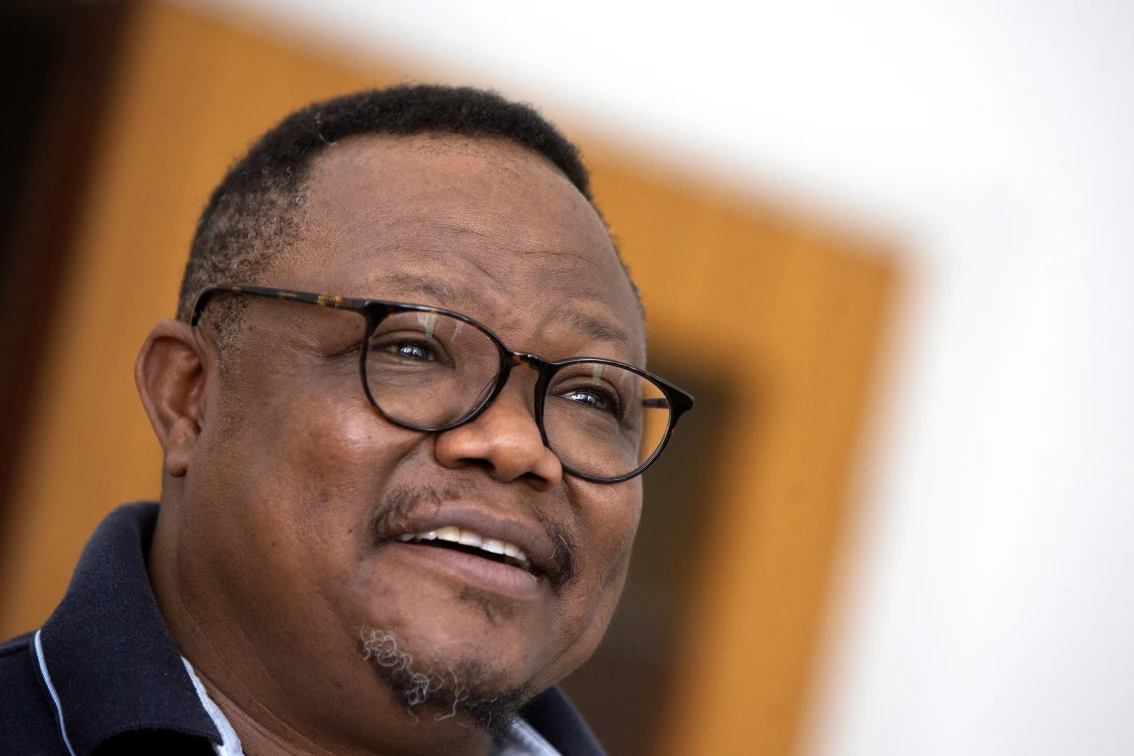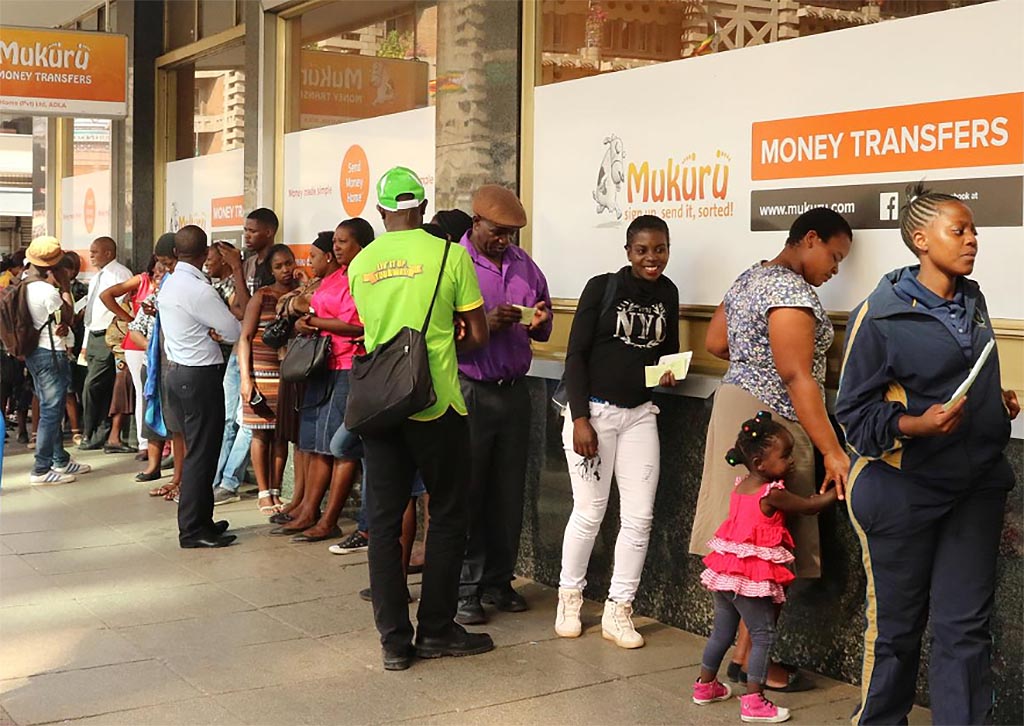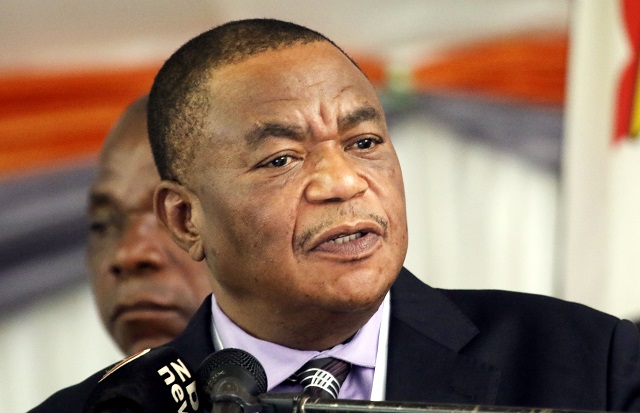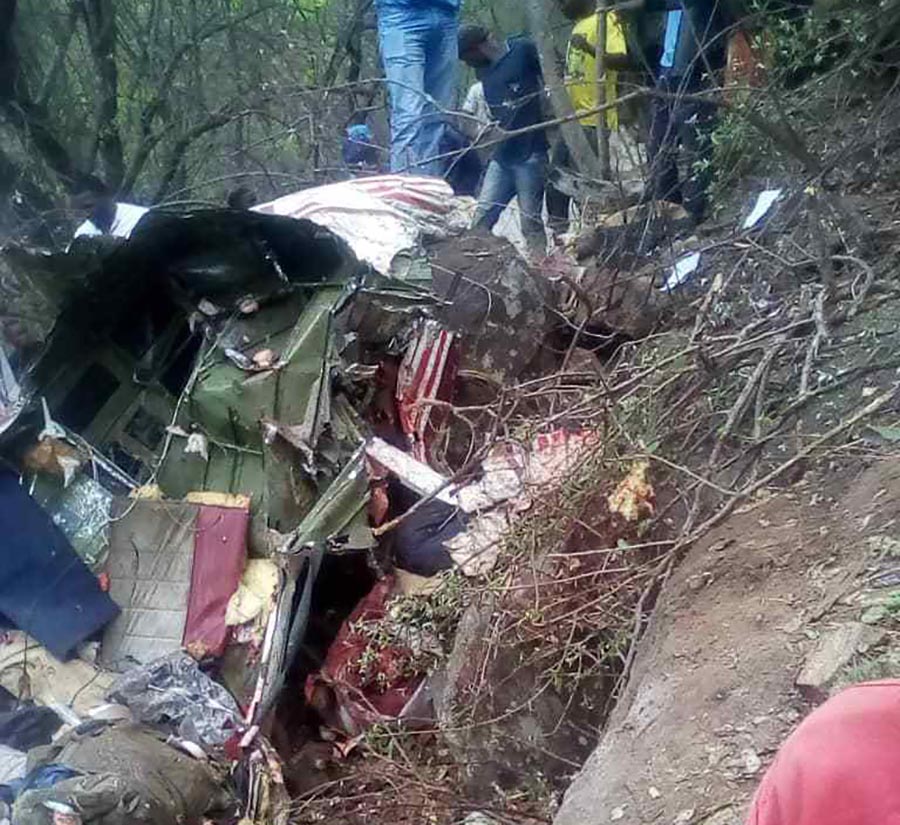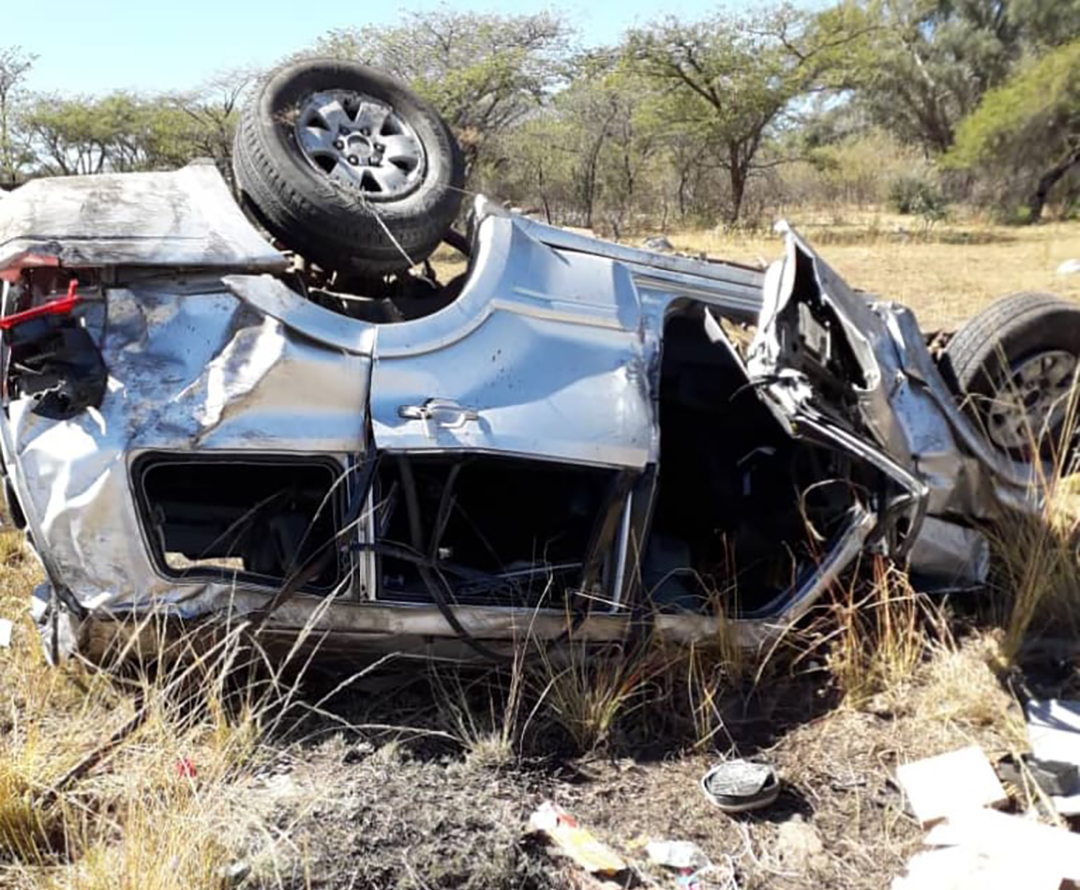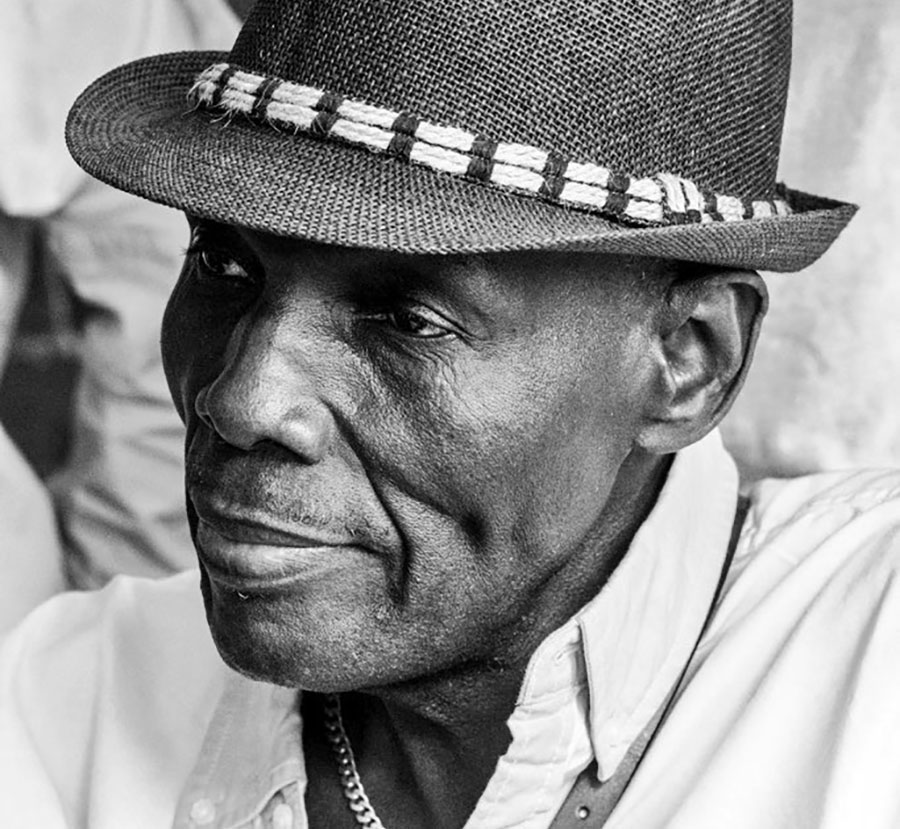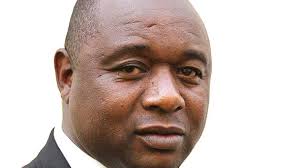JOHANNESBURG, July 2 (Reuters) – South Africa’s electricity minister said on Sunday the country was closer to ending daily power cuts as warmer weather returns towards the end of the year, but declined to give a specific date.
South Africa is on course to see its most blackout days in history this year with daily power cuts extending to almost 10 hours a day, affecting businesses and households in an economy already hobbled by high interest rates and inflation.
The power cuts, called loadshedding locally, is expected to shave off 2 percentage points from GDP this year, the central bank said last month.
Blackouts have eased in the past few weeks but there is a fear that as the southern hemisphere winter takes deeper hold in July and August, higher heating demand could trip many power plants. By September, the temperature starts to climb once more.
“I know when we get into summer conditions, then at the current rate, generation will far exceed demand,” Electricity Minister Kgosientsho Ramokgopa said in a news conference.
Due to interventions on system maintenance and availability and efforts from businesses and households, the worst case scenario of peak winter demand of 34,000 megawatts (MW) has not materialised, he said.
The capacity available is plateauing around 29,000 MW, giving enough room to bring the power cuts down to Stage 3, where 3,000 MW are taken off the grid, leading to between two and fours hours of daily power cuts, the minister added.
South Africa implements power cuts in stages from one to eight with eight being the highest and translating into over 10 hours of daily power cuts.
Ramokgopa said the country was reaching a stage where power generation was beginning to keep up with demand, with blackouts coming down from Stage 6 to Stage 3 in the space of six weeks.
South Africa could soon have no blackouts for 24 hours, he said.
“I want to say to the South African people we are much, much closer to that date,” he said.

